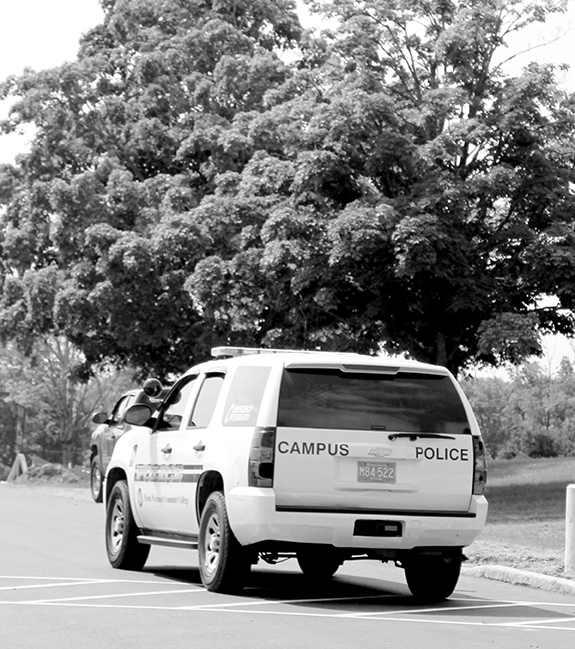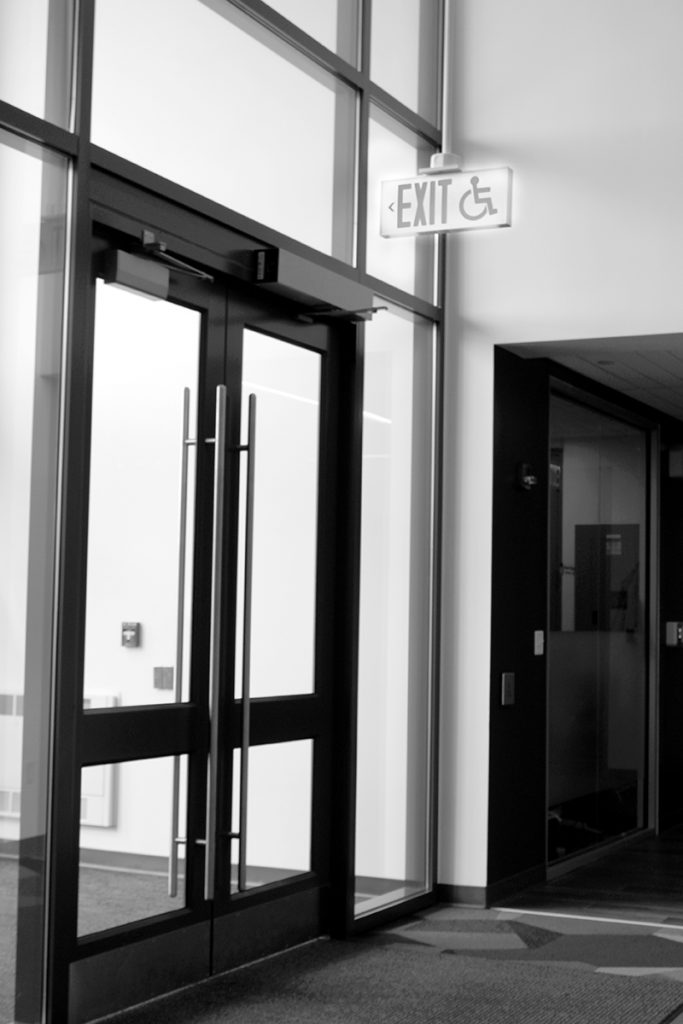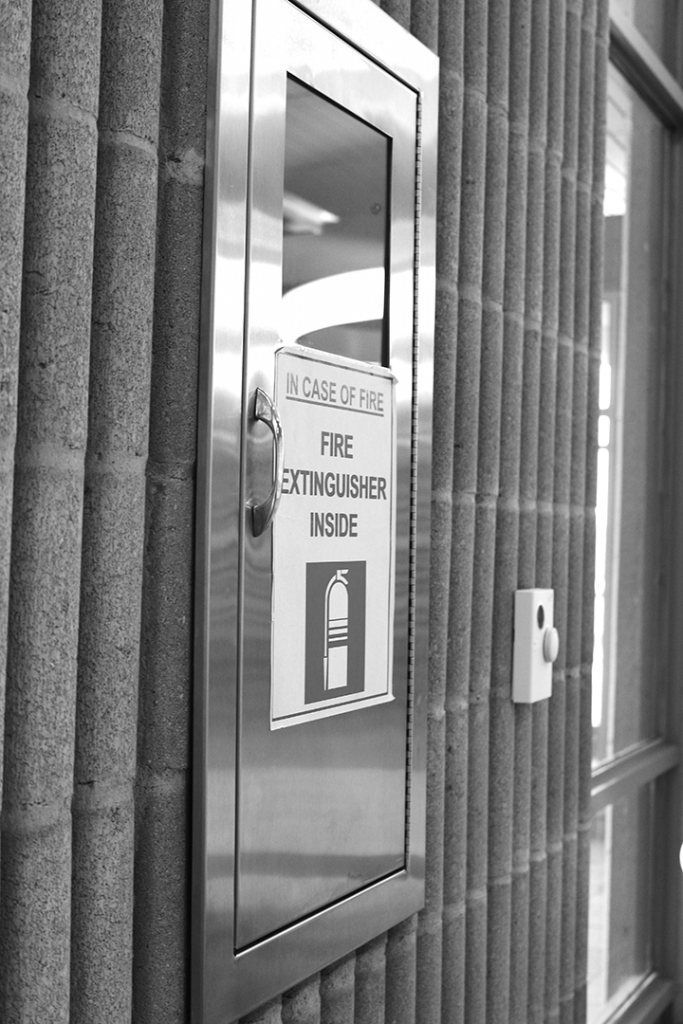By Alexa Nogueira | Observer Contributor

Photo by Brianna Stevens
As the fight to prevent more school shootings continues, students, Chief Kolimaga, and Dean of Students Jason Zelesky each give their perspective on campus safety.
On a scale of 1 to 10 (1 being the least safe and 10 being the most safe), the average safety rating across the Gardner and Leominster campuses was an 8.14. Students were asked to offer their different concerns and comforts about campus safety. One of the most common concerns among the students was how open both the Gardner and Leominster campuses are. “It’s a safe school, but it’s concerning that they let anyone wander in and out,” said Katina Grimson.
Laney Jackson, who’s attended classes at both Gardner and Leominster, also shared concerns about the openness of each campus. “I feel safer in Gardner, weirdly enough, because there’s more room and more windows to see who’s where,” said Jackson. “In Leominster, I don’t feel as safe because I only know of the one entrance, and there’s more places around, like BJ’s and the RMV. It feels like anyone can walk in, even more so than Gardner.”

Photo by Brianna Stevens
Chief of Campus Police Karen Kolimaga, who has been MWCC’s Chief of Police for twelve years, assures students that there are resources in place to protect them. To ensure safety on campus, there are ten armed police officers, who are all trained annually to meet Massachusetts State Police standards. The campus police patrol the parking lots, perform safety escorts, work with students who have specific security needs and will help students develop their own personal safety plans.
The campus police also work alongside the Dean of Students and campus counselors in the C.A.R.E. team, in which they meet monthly to assess threats on campus but will also meet more often if necessary. Additionally, there are two officers trained in R.A.D., and two officers trained in the ALICE drill.
ALICE drills are specific to active shooting situations and aim to teach students and faculty what to do in the event of an active shooting. The sessions occur several times a year and last for two hours. For students who cannot attend physical ALICE drills, Chief Kolimaga urges they visit the iConnect homepage, scroll down to Campus Security, and click on ‘Home,’ which will direct students to a list of all emergency response documents. Also on that page is a video titled “RUN. HIDE. FIGHT.,” which is six minutes long and explains what to do in an active shooter situation.

Photo by Brianna Stevens
“If you can’t go to ALICE training, you at least have time to watch this video,” said Chief Kolimaga.
Dean of Students Jason Zelesky also dedicates himself to ensuring all MWCC campuses are a safe and inclusive community. Zelesky works closely with the campus police and also participates in bystander programming, which aims to encourage students to lend a hand to peers in need. “As a community, we’re all responsible,” said Zelesky. “If it’s just law enforcement, we’re never going to win. We’ll always be reacting.”
At the core of his work as Dean of Students, Zelesky’s main goal is to help students overcome any challenges and succeed academically. Zelesky feels that helping students succeed and making them feel safe all comes down to students feeling like they’re important. “One of the most important things about a safe and inclusive environment is letting students know they matter.”
Creating an environment in which all students feel seen, safe, included and important is what Zelesky strives to do every day as the Dean of Students. But, he also encourages students to help fellow peers in need, whether that be by comforting someone who’s upset or calling the police during an emergency. “We can make a choice, step in or step out,” said Zelesky.
Comments are closed.